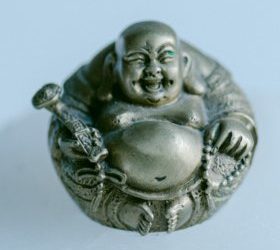Discovering Divine Threads: Yoga and Hindu Deities
Embark on a spiritual journey as we unravel the sacred connection between yoga and Hindu deities. This article compiles 29 key points, each unveiling the profound relevance of gods like Brahma, Vishnu, Shiva, and goddesses such as Lakshmi and Saraswati to the practice of yoga. Whether you’re a seasoned yogi or a newcomer, join us in exploring the deep-seated links between physical postures and metaphysical realms, immersing yourself in the wisdom of ancient traditions. Get ready to experience the harmonious dance of mind, body, and spirit at the heart of yoga’s divine tradition.
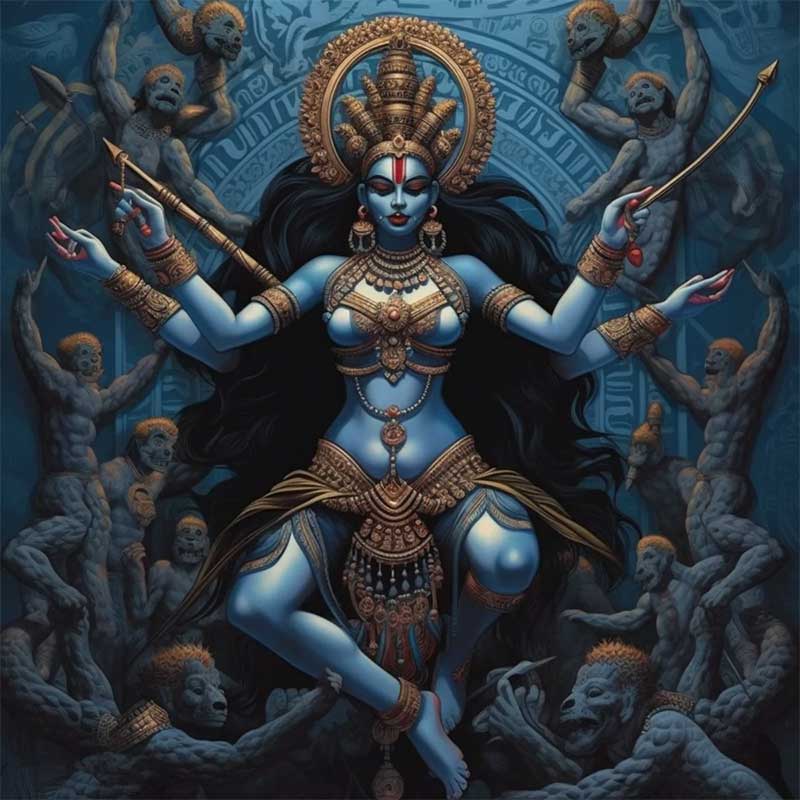
Brahma:
• The creator of the universe in the Hindu
trinity (Trimurti).
• Symbolizes creation and evolution,
representing the initial phase of the life cycle.
Vishnu:
• The preserver of the universe.
• Incarnated in various forms like Rama and
Krishna.
• Represents stability and balance.
Shiva:
• The destroyer in the Hindu trinity.
• Symbolizes dissolution to allow for
regeneration.
• Associated with meditation, tranquility, and
detachment.

Ganesh:
• The god with an elephant head, son of Shiva
and Parvati.
Represents wisdom, knowledge, and the
removal of obstacles.
• Often invoked at the beginning of new
endeavors and spiritual practices, including
yoga.
Parvati:
• Shiva’s consort, goddess of feminine power.
• Symbolizes the balance between the
feminine and masculine aspects.
Lakshmi:
• Goddess of wealth, prosperity, and fortune.
• Associated with beauty and generosity.
• Meditating on Lakshmi can enhance
gratitude and abundance.
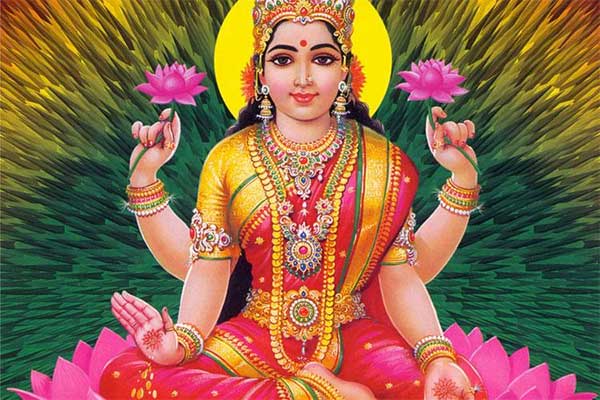
Saraswati:
• Goddess of knowledge, art, and music.
• Symbolizes creativity, wisdom, and learning.
• Meditation on Saraswati can improve
concentration and creativity in yoga practice.
Hanuman:
• The faithful devotee of Rama. known for
strength and devotion.
Represents power, loyalty, and selfless
service.
Durga:
• Goddess of strength and protection.
• Often revered for overcoming obstacles and
challenges.
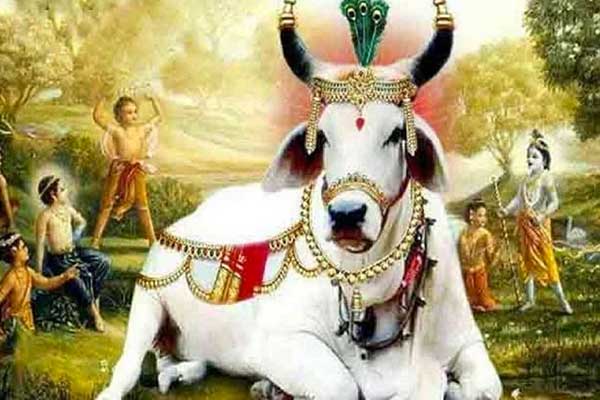
Krishna:
• Incarnation of Vishnu, the central figure in the
Bhagavad Gita.
• Teaches yogic principles such as detachment
and duty.
Radha:
• Iconic figure of divine love with Krishna.
• Symbolizes devotion and union with the
divine.
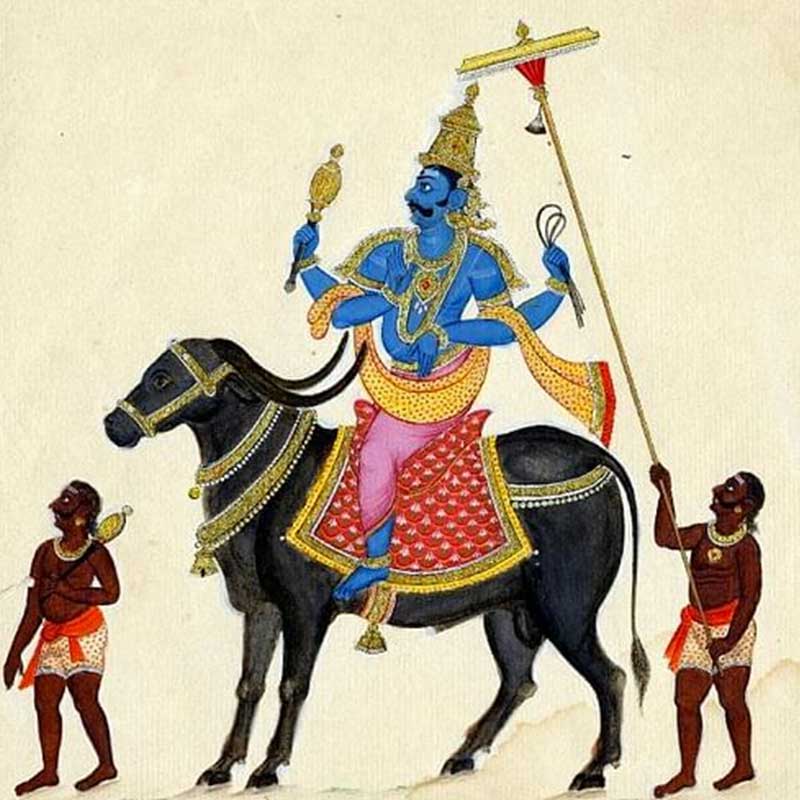
Yama:
• God of death and moral control.
• His role in yoga is often associated with
discipline and self-mastery.
Nataraja (Shiva as the cosmic dancer):
• Represents the eternal cycle of creation,
preservation, and dissolution.
• Symbolizes movement and celestial dance.
Kali:
• Goddess of the destruction of evil and
ignorance.
Often venerated for strength and the ability
to overcome inner darkness.
Agni:
• God of fire and sacrifice.
• Symbolizes purification and transformation.
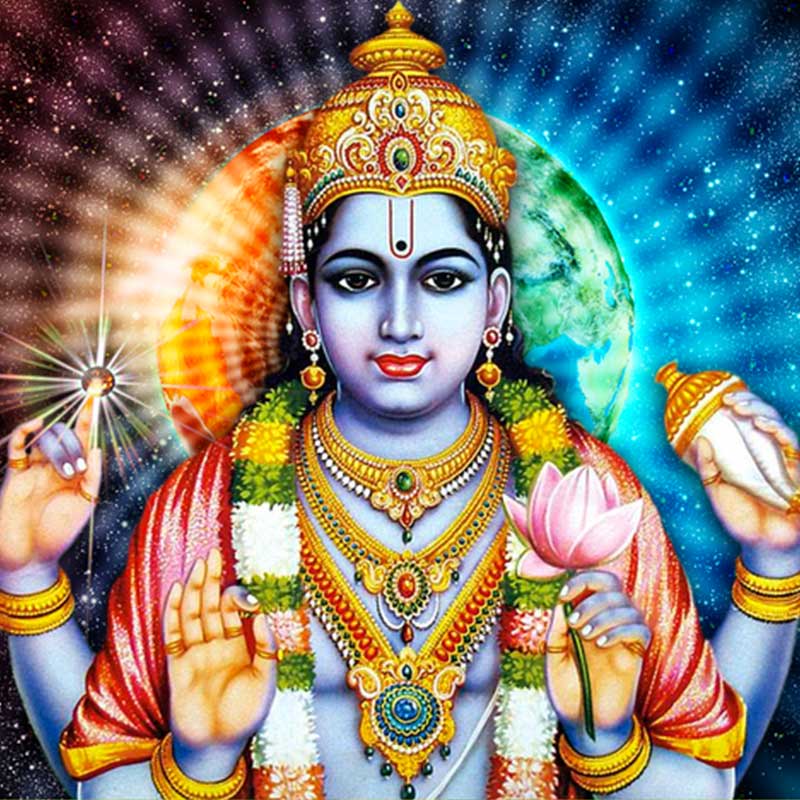
Varuna:
• God of cosmic order and justice.
• His aspect emphasizes the importance of
order in yoga practice.
Vayu:
• God of wind and breath.
• The significance of conscious breathing
(pranayama) in yoga.
Bhumi:
• Goddess of Earth.
• Reminds of the connection with nature in
yoga practice.
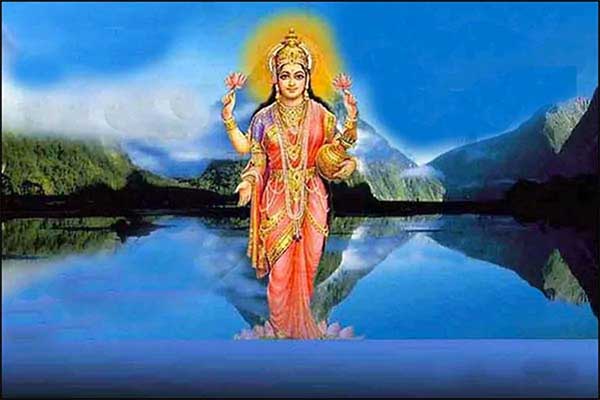
Surya:
• God of the sun.
• The Sun Salutation (Surya Namaskar) is a
yogic practice dedicated to Surva.
Chandra:
• God of the moon.
• The moon is often associated with yoga,
especially meditation.
Indra:
• King of gods, god of rain and thunder.
• Symbolizes power and inner strength.
Ganga:
• Goddess of the Ganges.
• Purification through water is a common
theme in yoga, connecting to the goddess
Ganga.
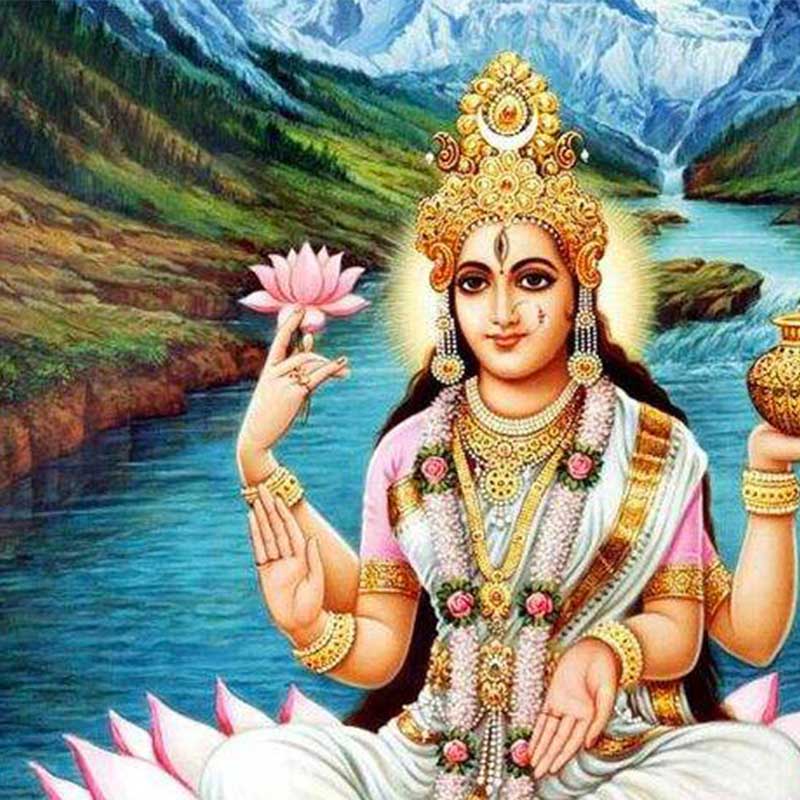
Apsaras:
• Celestial dancers.
• Symbolize beauty, elegance, and harmony-
qualities often sought in yoga practice.
Rishi:
• Sages or saints.
• Emphasizes the importance of studying
sacred texts and seeking truth
Manu:
• Mythical legislator.
• Highlights the importance of following
ethical rules (yamas and niyamas) in yoga
practice.
Guru:
• Spiritual guide.
• The relationship with a guru is often
considered crucial in the spiritual progression
of yoga.
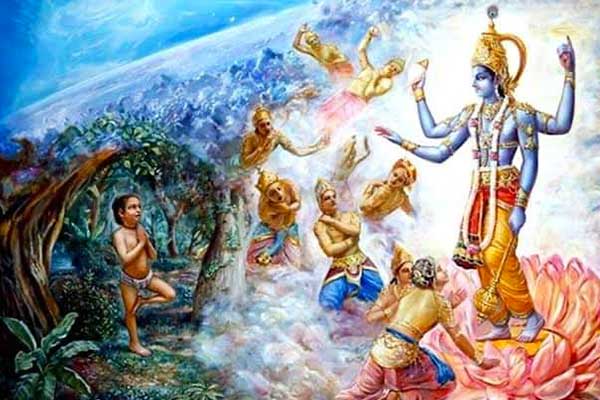
Dhruva:
• A young prince who becomes a great
devotee.
• His story inspires perseverance and
determination in yogic practice.
Nandi:
• The bull. Shiva’s vehicle.
• Symbolizes strength and loyalty, qualities
encouraged in yoga practice.
Bhakti:
• The concept of devotion.
• The importance of bhakti yoga (the path of
devotion) in overall yoga practice.
How yoga teacher training changes you
How yoga teacher training changes you? Yoga teacher training can bring significant personal growth and transformation.Taking part in a yoga teacher training program can deepen your understanding and practice of yoga, help you develop mindfulness and self-awareness,...
Keep your body healthy
How to Keep Your Body Healthy When Working in an Office JobImage credit: Unsplash Source: https://images.unsplash.com/photo-1640622332810-039ad9c96409While most people don’t tend to associate danger with desk work, office jobs come with more health risks than many...
Pranayama meaning
Pranayama, an ancestral breath work technique to thousand benefits.You may already hear the word Pranayama during your Yoga Class but do you know what that means and where that comes from?The first reference to the term Prana can be found as early as 3.000 BCE in the...
New Moon Intention Set Up Rituals
The moon has eight phases. The most well known is the fifth phase or full moon. The new moon is the first phase of the moon when it orbits as seen from the earth, the moment when the moon and the sun have the same ecliptical longitude. The moon is not visible at this...
Things to know about yoga teacher training
1 – Do you want to teach after or to improve your practice and knowledge? Most of you will decide to do their first teacher training because they want to become a yoga teacher, no matter the reason, maybe you love it and want to share it with the world, or perhaps you...
How to choose a Yoga Class while traveling
Yoga lovers can easily establish a regular yoga practice when they are at home and in control of their daily routine, but traveling (whether for business or pleasure) has a habit of throwing them a little off track. So what better way to get back on and stay on track...

